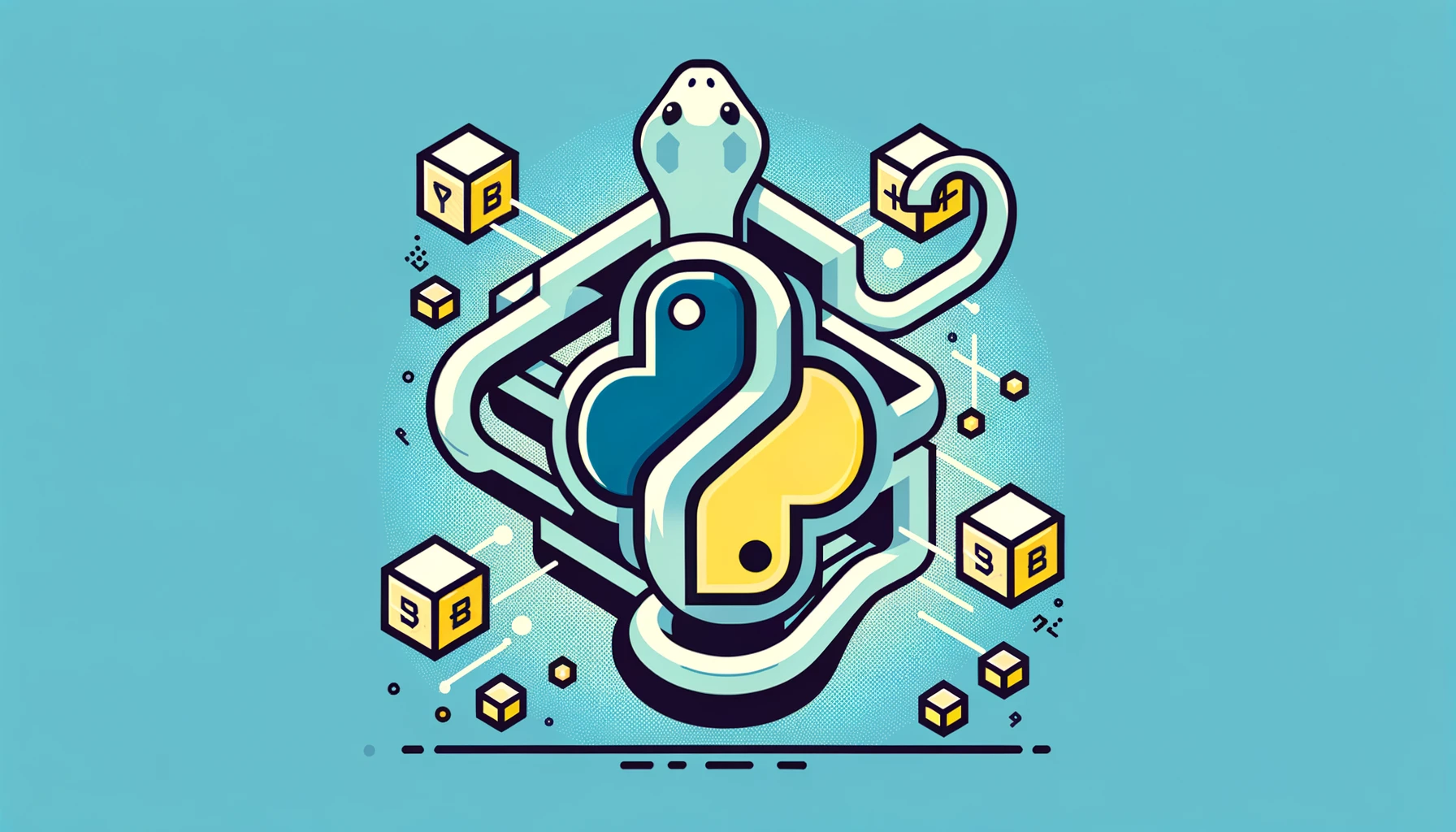Blockchain technology has revolutionized the way we think about data security and decentralization. In this article, we will dive into the basics of blockchain technology and demonstrate how you can create a simple blockchain using Python.

This guide is designed for beginners with a basic understanding of Python and aims to provide a practical introduction to blockchain concepts.
Understanding Blockchain
At its core, a blockchain is a distributed database that maintains a continuously growing list of records, called blocks, which are linked and secured using cryptography. Each block contains a cryptographic hash of the previous block, a timestamp, and transaction data, making it tamper-proof and secure.
Setting Up Your Environment
Before we start coding, ensure you have Python installed on your computer. You will also need to install the Flask framework and the Postman HTTP client to test our blockchain. Use the following command to install Flask:
pip install Flask
Now, let’s start building our blockchain.
Creating a Blockchain Class
First, we’ll create a Blockchain class that will help us manage our chain. It will have methods to create new blocks, add them to the chain, and verify the integrity of the chain.
import hashlib
import json
from time import time
class Blockchain:
def __init__(self):
self.chain = []
self.create_block(proof=1, previous_hash='0')
def create_block(self, proof, previous_hash):
block = {'index': len(self.chain) + 1,
'timestamp': time(),
'proof': proof,
'previous_hash': previous_hash}
self.chain.append(block)
return block
This code snippet initializes our blockchain and provides a method to create new blocks. Each block includes an index, timestamp, proof (or nonce), and the hash of the previous block.
This article provided a brief introduction to blockchain technology and how to implement a basic blockchain in Python. While this blockchain is simple, it lays the foundation for understanding how blocks are created, linked, and secured. From here, you can explore more advanced topics, such as consensus algorithms, smart contracts, and decentralized applications (DApps).
